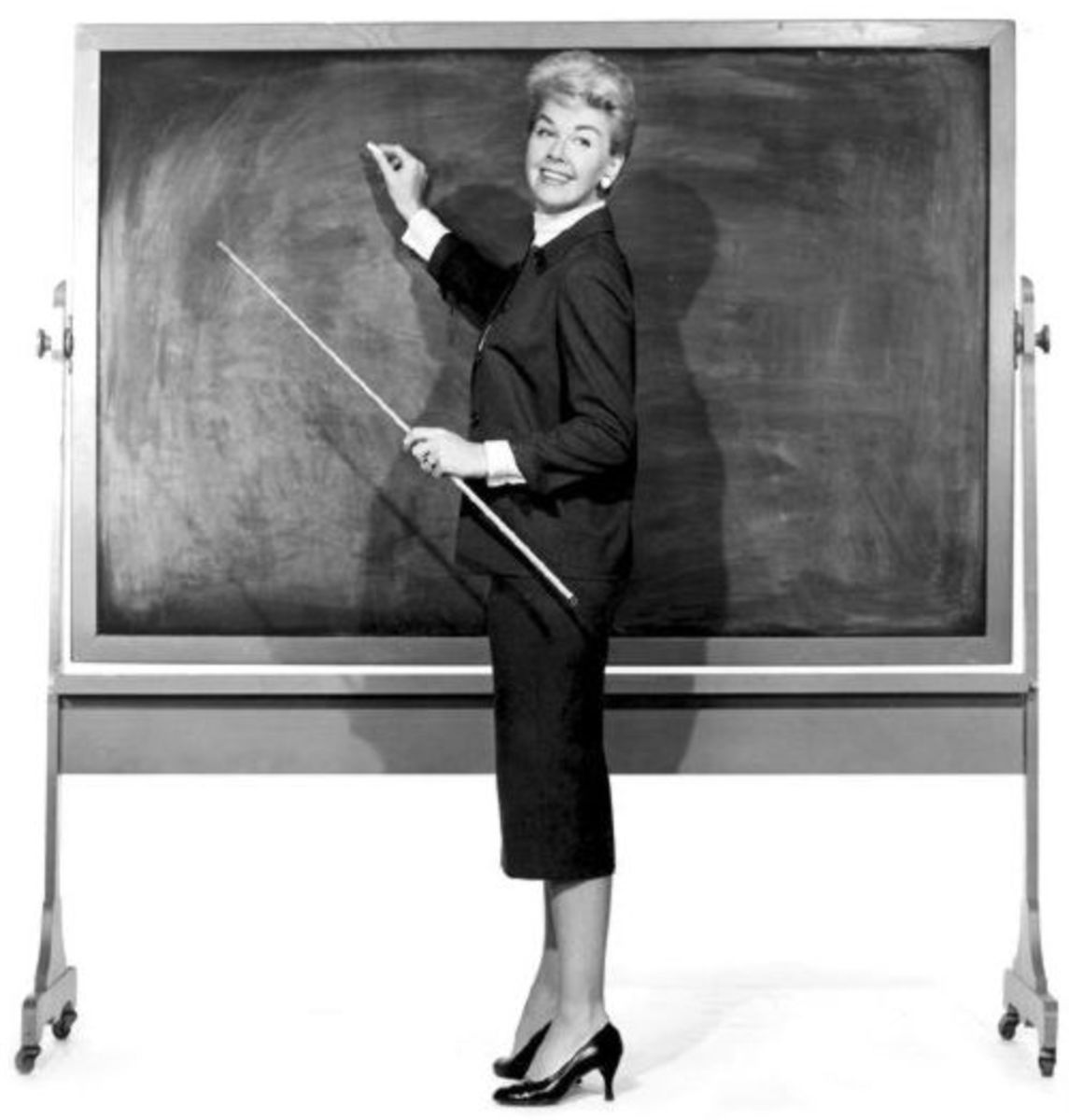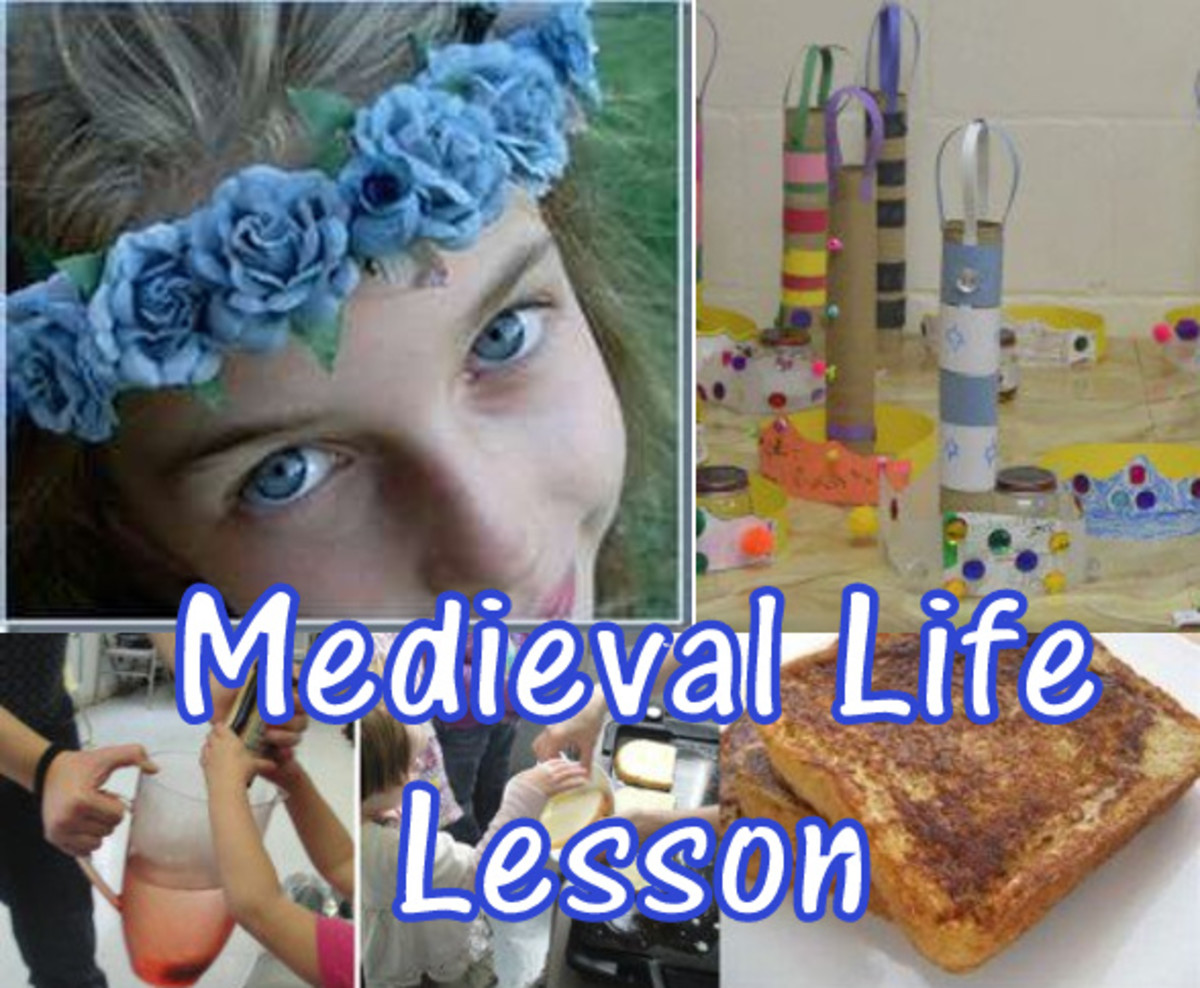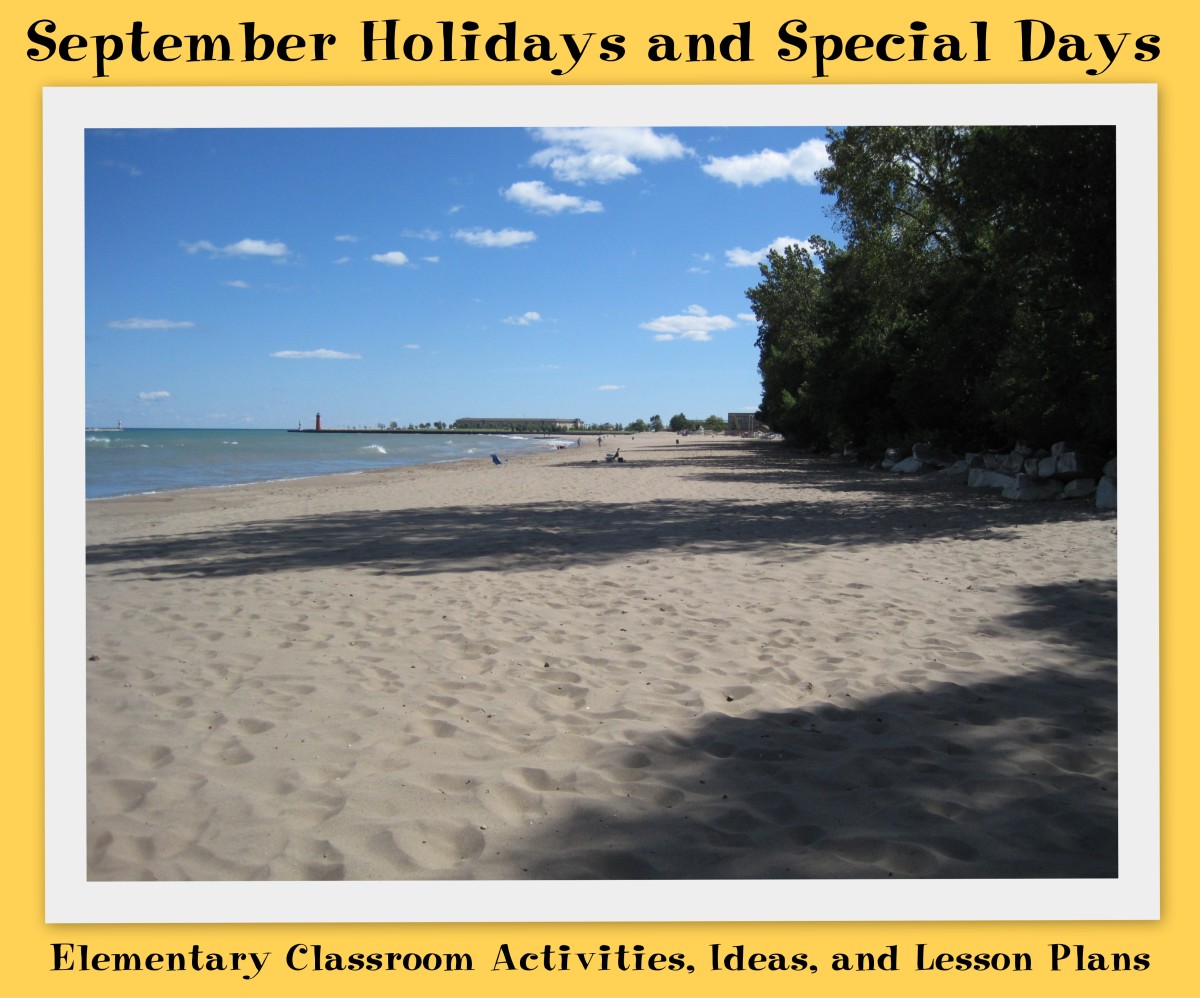- HubPages»
- Education and Science»
- Teaching»
- Lesson Plans
Infant Toddler Growth Development and Learning

Understand The Context Of Infant/Toddler Growth/Development
It is very essential to understand how an infant/toddler grows and develops because when you work the field, you want to do what is best for the child, demonstrating all the right things in front of the child to reach the set of goals that is made for them. We know that children are very honest, curious little things. They are also smarter than people give them credit for. They see everything and they tend to copy any example that is presented in front of them, and we all know that we don’t want all the bad things to stick on them as they grow older. Understanding how growing/development works on children helps caregivers/parents come up with the best ways of approaching the opportunities for learning and seeing the progress that is being made. Some matters about children are supposed to be really obvious in order for them to further grow, such as building relationships and trust with them. We can’t expect a child to follow our lead if they don’t trust or even know us. We also need to let them know that we care about them as individuals and that we are interested in who they are and what they want to do every step of the way. A child is not going to listen to us if we don’t show them kindness or support. The lack of kindness will only tell them that this world is unsafe for them and that there won’t be anyone willing to be there for them. Understanding what we need to do so we can be helpful to children and not be hurtful will allow us to build the proper curriculum for the classroom where we attend children daily. We want to be the kind of people that will cause a positive impact.
Redefining “Curriculum” For Infants And Toddlers
When looking at the word “curriculum,” the word is associated with topics and strategies that we write down for lessons that we feel is important to teach the children, so they can become mature, well-developed adults. I notice that a lot of people define curriculum in schools as all the paperwork and class tests that they need to do in the classroom so they can get the passing grades they need to pass grade levels and graduate. But that’s just it. Schools lately have not been about learning, it has been about passing, and that’s just getting worse as the years pass by, which is why we need to be caring teachers when working with children by remembering why we entered the position of being a teacher in the first place, and the same goes for parents. We need to let them know that school is important meanwhile teaching them that learning can be fun. If we have patience and understanding, then we will be able to function as good teachers and give children the help that they really need all throughout their childhood. We need to be especially determined to be the best in the child’s youngest years, because those are the critical ages where we need to feed their minds and show them good examples to follow in life. Many adults don’t reach half the development in specific areas like social emotional development because their past caregivers/parents have not taught them those things before or after they enter school. Schools think that children need to already know how to read when they are first entering the classroom, and that’s not true. First-time schooling is the time period where children are supposed to first learn how to read in the first place. 99% come in not knowing how to read, and then when they have to do testing, they won’t know how to answer questions because they haven’t reached that point yet. The meaning of curriculum is all the important things that we need to be teaching children in a memorable way that will impact them for the good of the future, not fill their desks with paperwork after paperwork. In generalization, people don’t understand that every little thing you do with children is caught as a learning experience. Any little thing you do with a child will make or break a relationship or cause an emotion to stir depending how the teacher is impacting the child when they interact. Caregivers tend to not count passing time (such as getting ready in lines to transition from one activity to another) as a moment of learning as school hours. Of course these transitions are indeed as worth it as any other opportunity for children to learn things during school hours. When teachers create their own strategies for getting children ready to stand in line to go somewhere or transition to another activity, they are learning that there is an order in this world that they are all being aware that they need to follow, just like anyone else does. They learn to identify the appropriate times of being silent or loud, in control or all over the place.
Respecting Infants And Toddlers
Respecting toddlers and infants means that we need to be aware that infants and toddlers are not objects and they need to be treated as equal human beings like we treat anyone else in our daily lives. A perfect common example of this is when a caretaker or a parent is taking care of a baby and knows there are going to be times the child is going to need diaper changes or help with poty breaks, but they tend to see it as something that they need to do and get over with instead of seeing it as a moment of bondage to strengthen relationships. The wrong way of taking care of bathroom time is quickly scooping up the child and getting the matter over with in silence as you distract the child with a toy to get the job done. The correct way to approach a diaper-changing session is by talking to the baby, letting them know that you are approaching them and informing them about what you are going to do with them before taking action. This is just one of many, many examples of good/bad behaviors between caregivers/parents and infants/toddlers. What I see the most often is when a child cries for a need or a want and the adult dismisses the behavior forcefully by demanding the child to stop being ridiculous without responding to how he feels and how they can help them feel better, or they just ignore the behavior all together, expecting them to stop crying at some point. A good caregiver/parent will respond to how the child is feeling in the moment, showing that they care about them and their feelings and helping them recognize the emotion they are feeling and guide them to learn how to handle and express them in an appropriate manner, such as encouraging them to use their words and not their bodies meanwhile having them comprehend why a situation has gone the way it has.
© 2017 Sharon Forester








